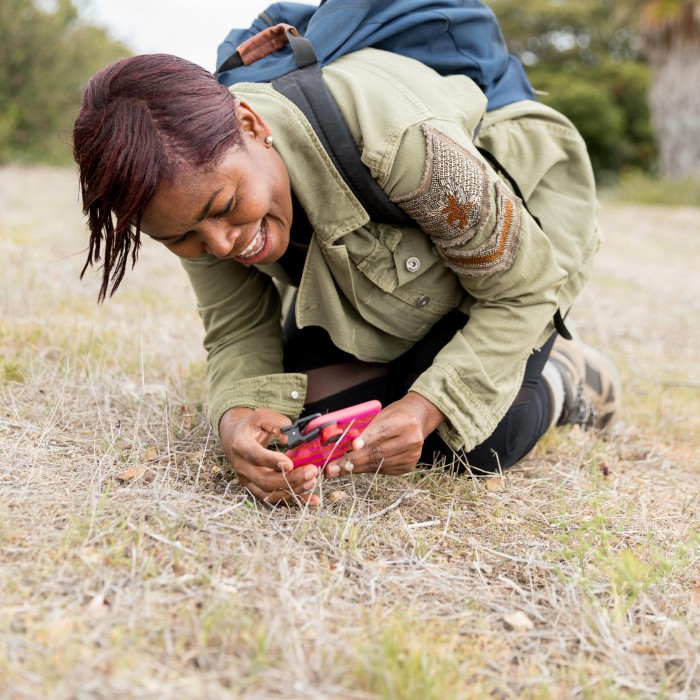
Dive Into the Weird Miocene World of Aquatic Sloths
A new paper by an international team of researchers, including NHM's Curator of Marine Mammals, Dr. Jorge Velez-Juarbe, uncovers more secrets of aquasloths with one of the most complete skeletons ever discovered

























